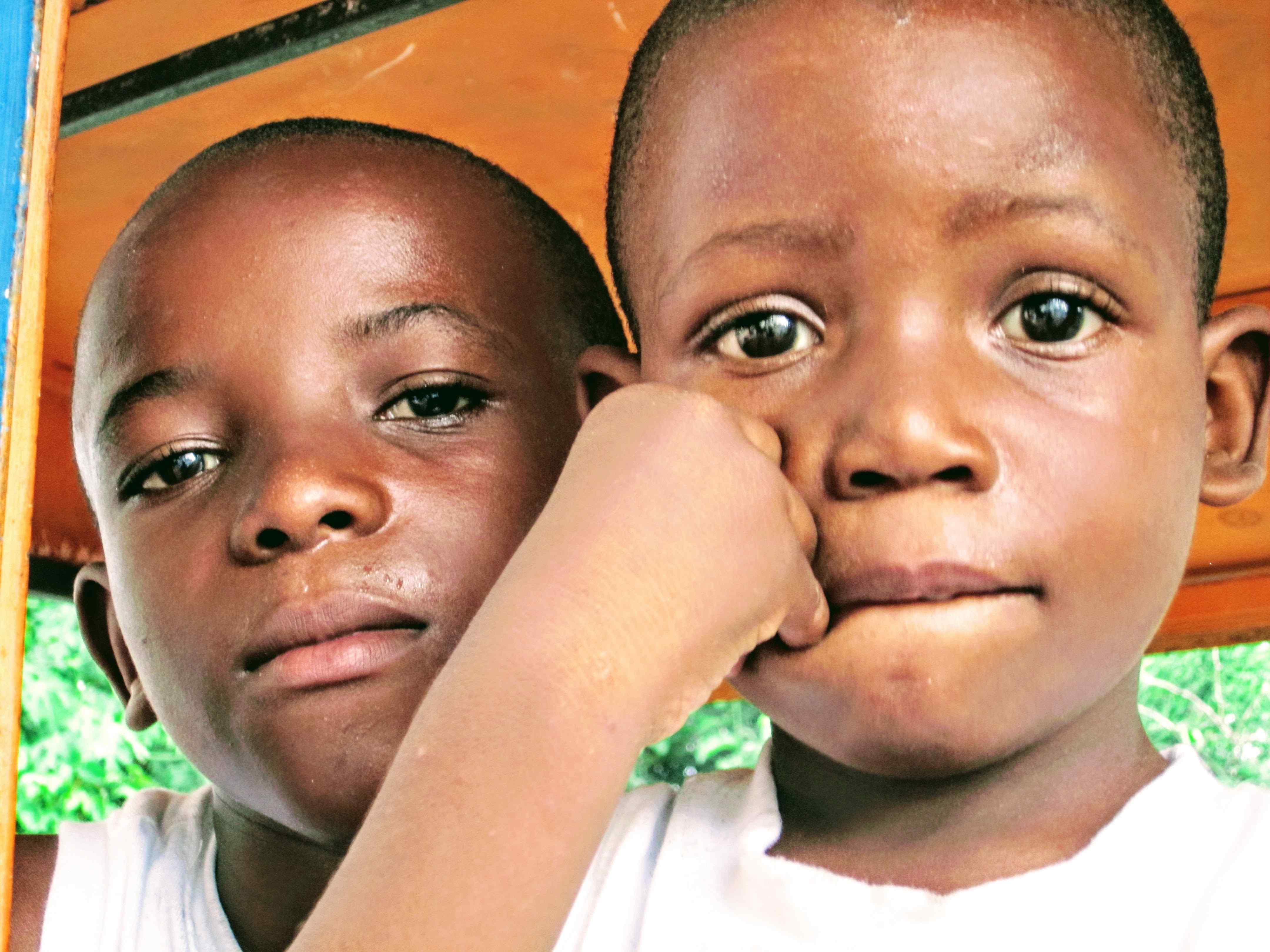A new research published in the Journal Nature Genetics shows that differences between identical - or monozygotic - twins can start very early in embryonic development. A discovery that provides interesting fuel to the old debate about nature vs nurture in education.
Identical twins come from a single fertilized egg that splits in two cells that are supposed to be very similar. For this reason, it is broadly presumed that when physical, behavioral, and intellectual differences occur between twins, this should be the consequence of environmental factors.
However, this new research suggests that the role of genetic factors in the differences observed between identical twins has been underestimated. According to Kari Stefansson, co-author of the paper and the head of Iceland’s deCODE genetics, “The classic model has been to use identical twins to help you to separate the influence of genetics versus environment in analysis of diseases. So if you take identical twins raised apart and one of them developed autism, the classic interpretation has been that that is caused by the environment.”
“But that is an extraordinarily dangerous conclusion,” adds Stefansson, because there is a possibility the disease is due to an early genetic mutation in one of the twins but not the other. Jan Dumanski, a geneticist at Uppsala University in Sweden - who was not involved in the study - called it “a clear and important contribution” to medical research. “The implication is that we have to be very careful when we are using twins as a model for teasing apart the influences of nature and nurture," he said.
In conclusion, given the differences found in the Icelandic research, the two words "identical twins" might well be misleading to describe "monozygotic twins", a definition which seems more appropriate.

Picture: Haitian Twins (Wikimedia Commons)



